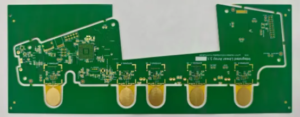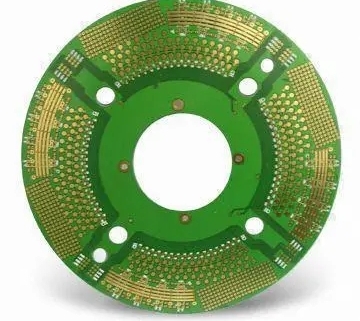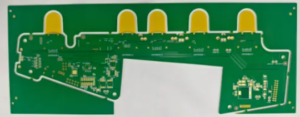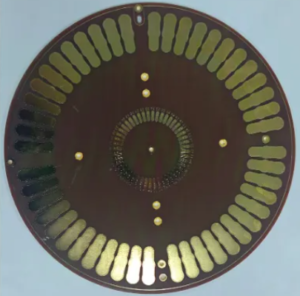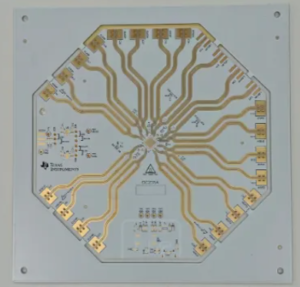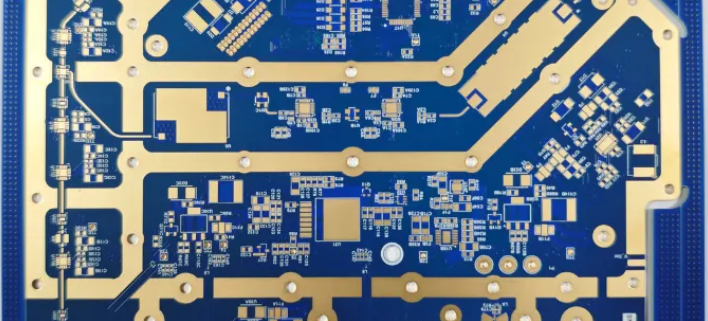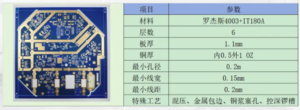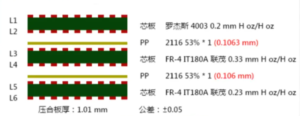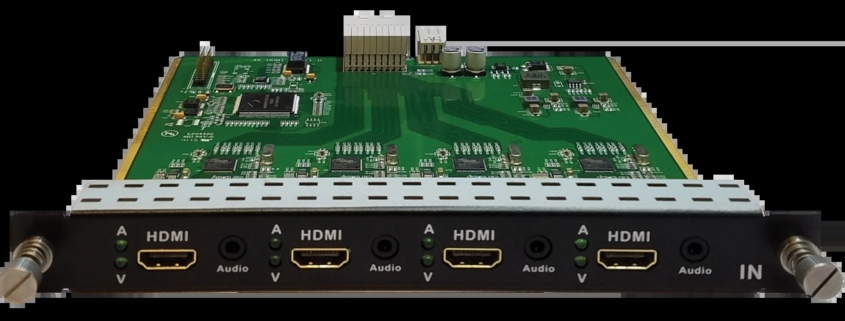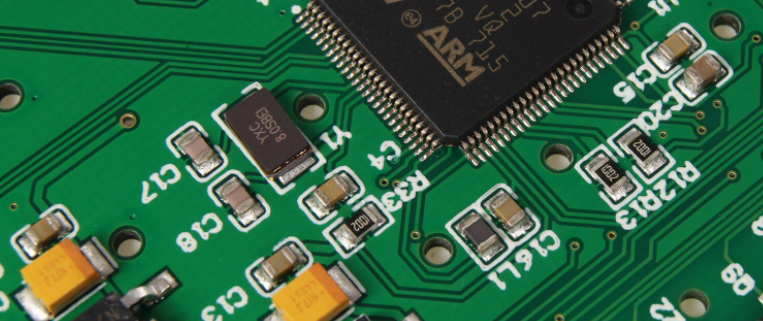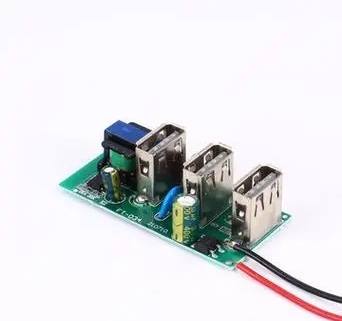The application cases of wireless charger circuit boards in different industries are very extensive, covering multiple fields such as consumer electronics, automotive electronics, smart home, medical equipment and industrial applications. The following are some specific application cases:
Consumer electronics industry
1. Smartphones and tablets: Smartphones and tablets are one of the most common applications of wireless charger circuit boards. Users only need to place their mobile phones or tablets on the wireless charging pad to achieve a cable-free charging experience. This convenience makes wireless charging very popular in the consumer market.
2. Wearable devices: Wearable devices such as smart watches and wireless headphones also support wireless charging. These devices usually have a small battery capacity but a high frequency of use. The convenience of wireless charging is of great significance to improving user experience.
Automotive electronics industry
1. Wireless charging of electric vehicles: Wireless charging technology for electric vehicles is gradually maturing and commercializing. The wireless charging system is divided into a transmitter (installed on the ground or parking space) and a receiver (installed at the bottom of the electric vehicle). When the electric vehicle is parked in the charging area, the wireless transmission of electrical energy is achieved through the principle of electromagnetic induction. This technology reduces physical contact during charging and improves the convenience and safety of charging.
2. Car wireless charger: Many car PCB manufacturers have integrated wireless chargers in the car to facilitate drivers and passengers to wirelessly charge mobile phones and other devices. This design not only enhances the sense of technology in the car, but also avoids the problem of cable clutter caused by traditional wired charging.
Smart home industry
1. Wireless charging of smart home devices: In the field of smart home, wireless charging technology is also widely used in various smart devices. For example, smart speakers, smart door locks and other devices can be charged through wireless charging plates without frequent battery replacement or plugging and unplugging charging cables.
2. Furniture integrated wireless charging: Some high-end furniture such as coffee tables and bedside tables also integrate wireless charging functions. Users only need to place mobile phones and other devices on furniture to charge. This design not only improves the practicality of furniture, but also increases the convenience of home life.
Medical equipment industry
1. Wireless charging of medical instruments: In the field of medical equipment, wireless charging technology is used to charge various portable medical instruments. For example, electrocardiographs, blood glucose meters and other devices can be charged through wireless charging plates, avoiding the risk of cross infection that may be caused by traditional wired charging.
2. Wireless charging of medical robots: Medical robots such as surgical robots and nursing robots also use wireless charging technology. This technology allows robots to perform tasks without frequently returning to charging stations for charging, improving work efficiency and safety.
Industrial applications
1. Wireless charging of industrial equipment: In the industrial field, wireless charging technology is used to charge various industrial equipment. For example, robots, drones and other equipment on automated production lines can be charged through wireless charging pads, reducing manual intervention and downtime.
2. Wireless charging of industrial environment monitoring equipment: Some industrial environment monitoring equipment such as temperature sensors and humidity sensors also use wireless charging technology. These devices are usually deployed in inaccessible or dangerous environments. Wireless charging technology eliminates the need for maintenance personnel to frequently enter these environments for charging operations.
There are many application cases of wireless charger circuit boards in different industries. With the continuous advancement of technology and the reduction of costs, wireless charging technology will be widely used and promoted in more fields.
